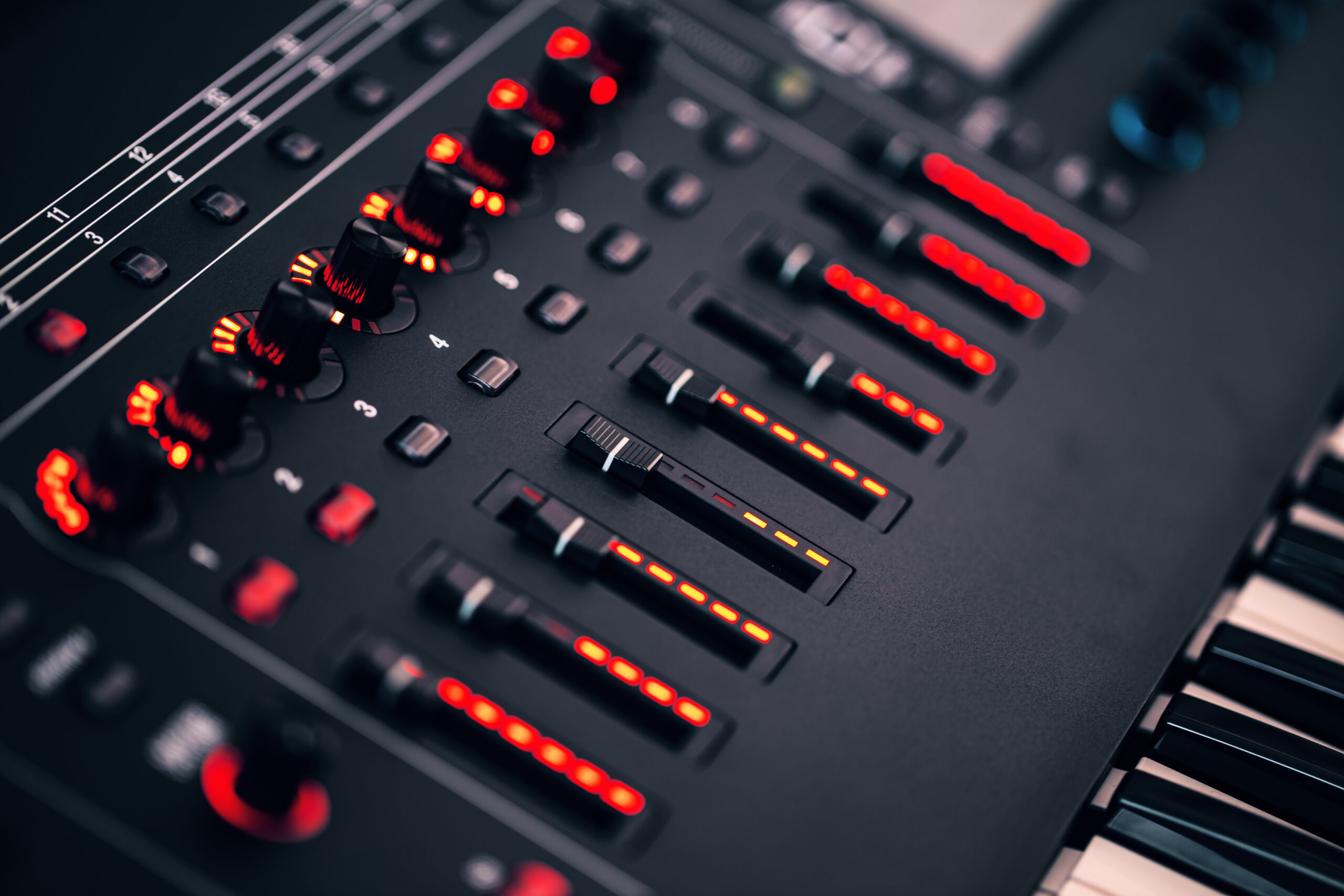As the music scene began to evolve over time, a demand for new ways of creation was abundant. The arrival of a synthesizer in 1970 was a newfound horizon for the artists to come. A wide range of popular musicians such as Pink Floyd, Genesis, Rush, Herbie Hancock, Stevie Wonder, Tangerine Dream to countless amazing underrated artists blossomed new genres which was only possible with the arrival of synthesizers.
Analogue synthesizers defined the sound 1970s. This changed in 1980s with the ever-evolving technology. The 1980s sound, art and culture was shaped by digital synthesizers. There were a lot of digital synthesizers. Yet, only few made it to the history giving birth to new dawn of sound.One of the most prominent synthesizer that was ever to come and define the 1980s was E-mu systems Emulator II. Whether you have ever had a chance to play it or see it in real life, or not, you might be interested in exploring this synthesizer described in this article.
Emu II vs Emu I
This marvellous piece of beast was launched in 1984 to explode in the world 1980s. This was E-mu’s second release. Unlike its predecessor Emu I, this model of a synthesizer made a remarkable breakthrough. Even though this piece was still an 8-bit sampler, what was added to its functionality was its digital companding, a fancy term for compression and wide 27.7 kHZ sample rate on the go.
A lot of additional features were added that gave Emu II an edge over Emu I.These features exposed the users to expand their creativity in terms of shaping and editing sound. Such as an analogue filter with resonance. It quite earned the reputation in terms of a real time control.
Another upgrade was a second space for floppy drive, a nice 20 MB hard drive (20 MB was considerably large back then), also a smooth upgrade of 512kb was available in the market.
The price of Emu II
The price back then stood around $7,995 USD and $9,995 for a plus edition that had more memory to store the samples. The price may sound like reaching for the sky, well, compared to its then competitor, Fairlight CMI, which was $30,000, Emu II’s price was highly fair unlike “Fair” light. With this availability and price tag, a lot of popular musicians used it to define the sound of 1980s.
Technical characteristics of Emu II
The size was almost the same as its predecessor but the look and features were a way advanced than the ones of Emu I.
On the left, you had two floppy drives now. On the bottom panel, to the far left, there were two controller wheels, one of them was used for the pitch and one for the modulation, under the section named ‘Wheel’. The name of the wheels are ‘left wheel’ and ‘right wheel’ and you could assign what you want to control via these wheels.
The instrument is also equipped into a wide range of 5-octave keyboard. Its top panel differs a lot from the one of Emu I. There is a ‘Master Panel’ which had the ADSR (attack, decay, sustain, release) or VCA (Voltage Controlled Amplifier) to be precise. With these, you now had the ability to manipulate its shape and sound over time. Under the master control, you also had a numeric keypad and a little display. With this, you could keep track of your navigation around the synthesizers in and out.
The next adjacent section to the right was the mighty sequencer. There were 8 buttons with their each unique functionality and a list of functions you could customize and opt-in to according to your thirst for creation. Right at the bottom of this sequencer, there is an ‘Enter’ section with one button. To the right of this sequencer section, on the top, we have a filter section. Under this filter, you could choose the type of things you want to do with this filter with one button under this section. Next comes VCA/LFO section with lists of functionality under this category. On the right of the VCA/LFO comes in Voice Definition. On the far right, the top section ends with number of presets.
On the bottom we have a ‘Real Time Control’, ‘special’ ‘Disk’ and a ‘Sample’ on the far right. This best was filled with amazing sound that would later become iconic sound presets and blue prints for sound presets for the digital keyboards.
The role of Emu II in the music industry
Many world-known musicians including Depeche Mode, Stevie Wonder, New Order, David Bowie, Herbie Hancock, Vangelis, Tangerine dream, Yes, OMD, Stevie Nicks, Mr.Mister, Jean Michel Jarre and Klaus Schulze used this iconic synthesizer.
Apart from the use for music albums, this piece was also used for the creation of soundtracks. Some examples of such music are the most prominent and iconic theme track for the legendary Terminator 2: Judgement day theme track and a score for the film by Brad Fidel.

